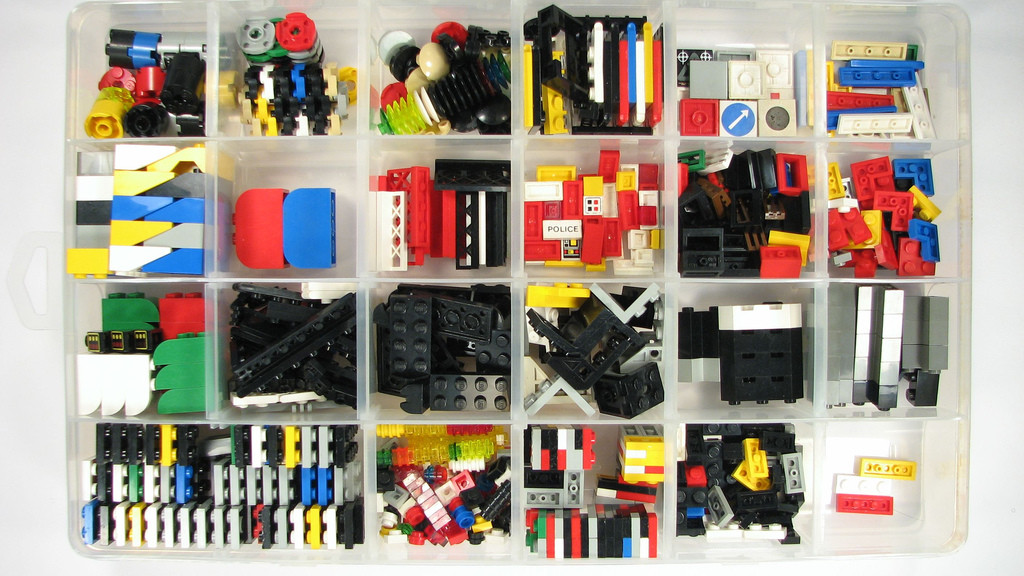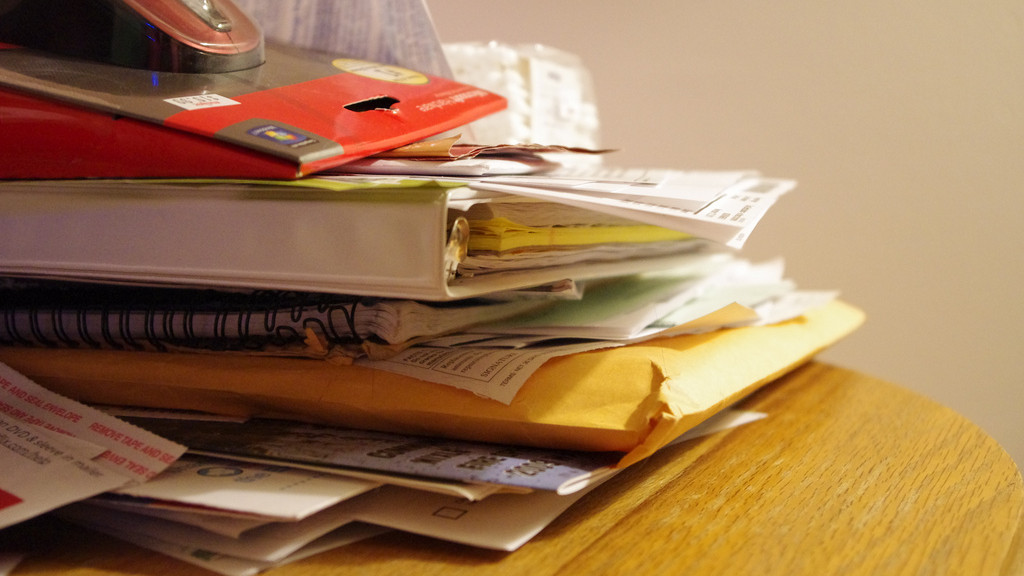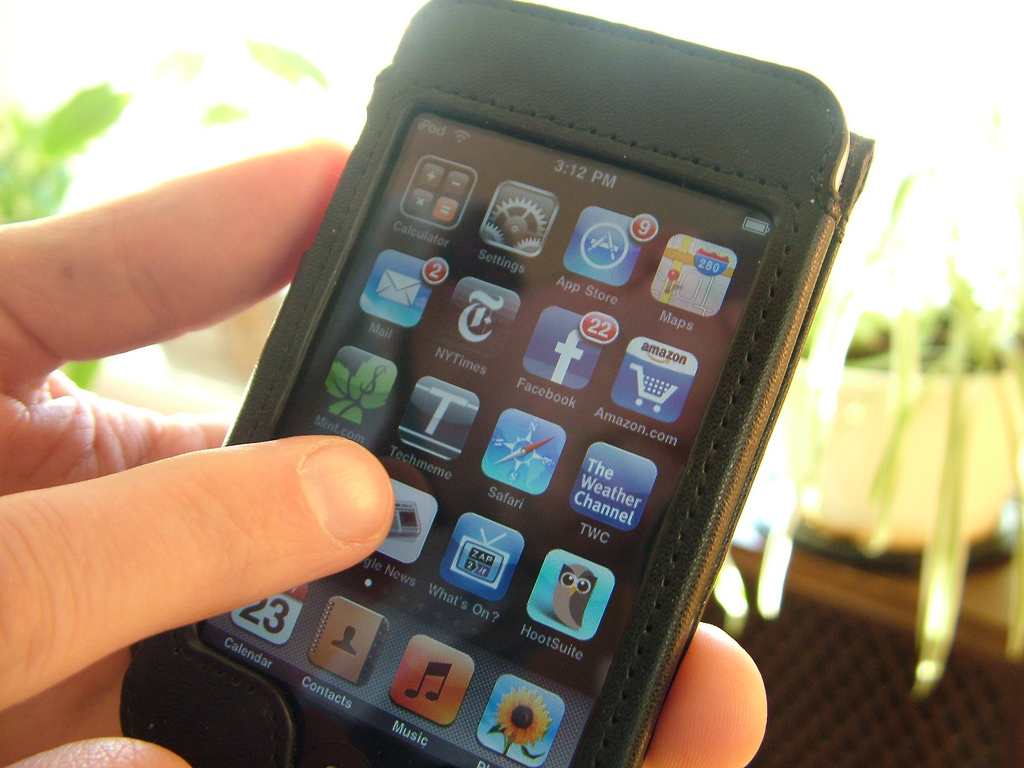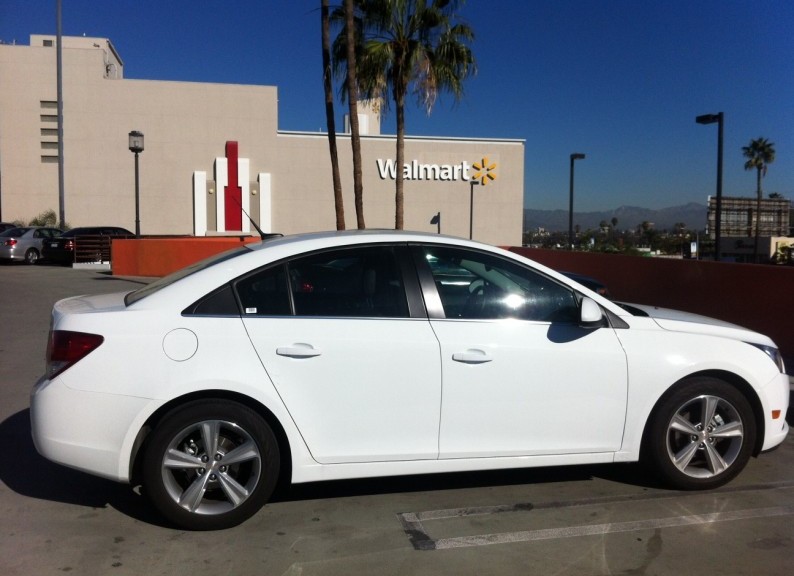Spain is the third largest wine producer in the world, and in the past couple of decades the popularity of Spanish wine has exploded, with Rioja particularly growing in popularity and quality. When it comes to affordable, great quality wines there is a huge variety throughout the country, with native grape varieties such as Tempranillo, Garnacha and Carinena.
This is a great time to consider a road trip around the Spanish wine making regions, seeing the beautiful scenery of this amazing country, along with sampling the fantastic wine on offer throughout the country.
Northwest Spain
This area of Spain is great for white wines and Mencia red wines. For a scenic drive through this region, drive from Santander along the Atlantic coast: you’ll drive across the Pyrenees to the Mediterranean on quiet roads. There’s spectacular scenery in this region, which is ideal for a wine road trip.
Mediterranean Coast
Catalonia is famous for its Cava: white sparkling wine with a refreshing bubbly taste, along with Valencia and Murcia producing deep reds and aromatic whites.
Ebro River Valley
Here you will find La Rioja and Navarra, therefore this is a great destination if you only have time to tour one wine growing area. Tempranillo is produced in this area, along with a lot of rose wine.
Duero River Vallley
This valley is home to one of the most renowned wineries in Spain: Vega Sicilia. Founded in 1864, this winery produces three wines: Unico, Valbuena 5°, and Vega Sicilia Unico Reserva Especial which is aged for at least 10 years. This is a highly recommended destination for wine lovers.
Central Plateau
Here you’ll find the city of Madrid, along with dry and sunny conditions which produce some of the best value red wines in all of Spain, such as Monastrell. There are some great daytrips in this region if you want to make Madrid your base.
Andalucia
Andalucia is famous for producing sherry, so this is a great location for those who like heavier, sweet wines. Bodegas Tio Pepe is particularly recommended for a visit if you’re passing through Seville.
Take a Tour
The best way to see Spain and experience the amazing variety of wines on offer throughout the country is to travel around, either on a self-guided road trip or an organised wine tour. You can take a daytrip from Madrid to see the Ribiera del Duero, or a trip from Barcelona to taste Catalan wines. From Seville you can take a sherry wine tour, and Bilbao is a great base for Rioja tours. There are even opportunities to make your own wine in the wineries of Rioja!
Spain is a great destination for wine lovers, and the scenery is spectacular. This makes is an ideal place to tour if you’re looking for a road trip with ideal stopping locations to sample local food and wines.
Photo used under creative commons licence, Credit: Angela Llop









